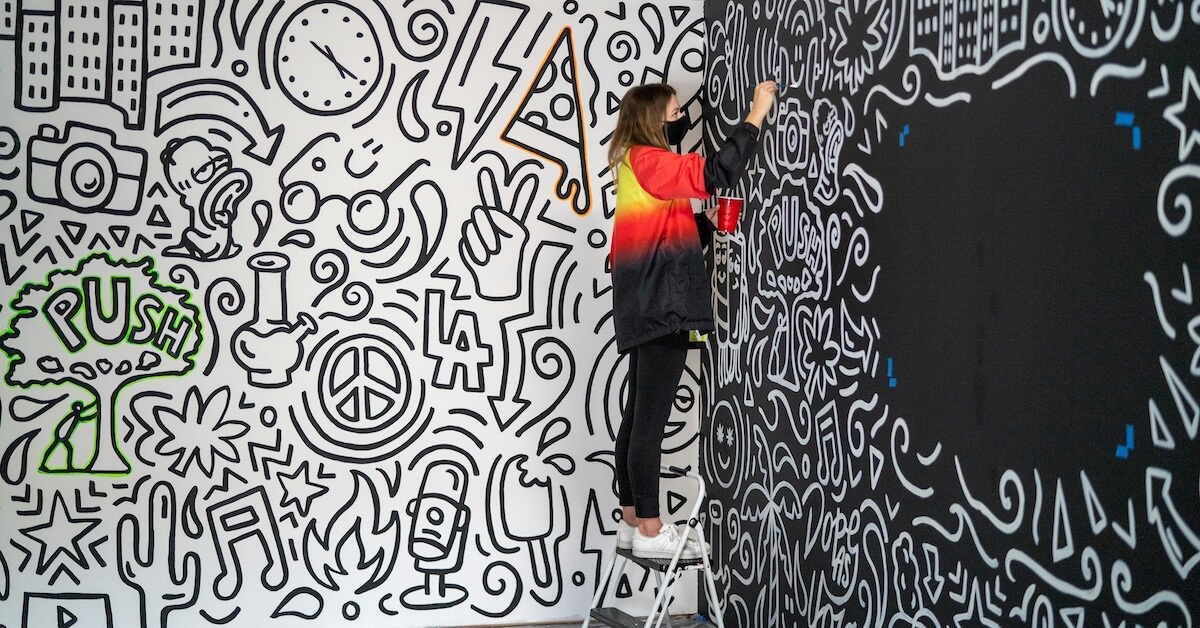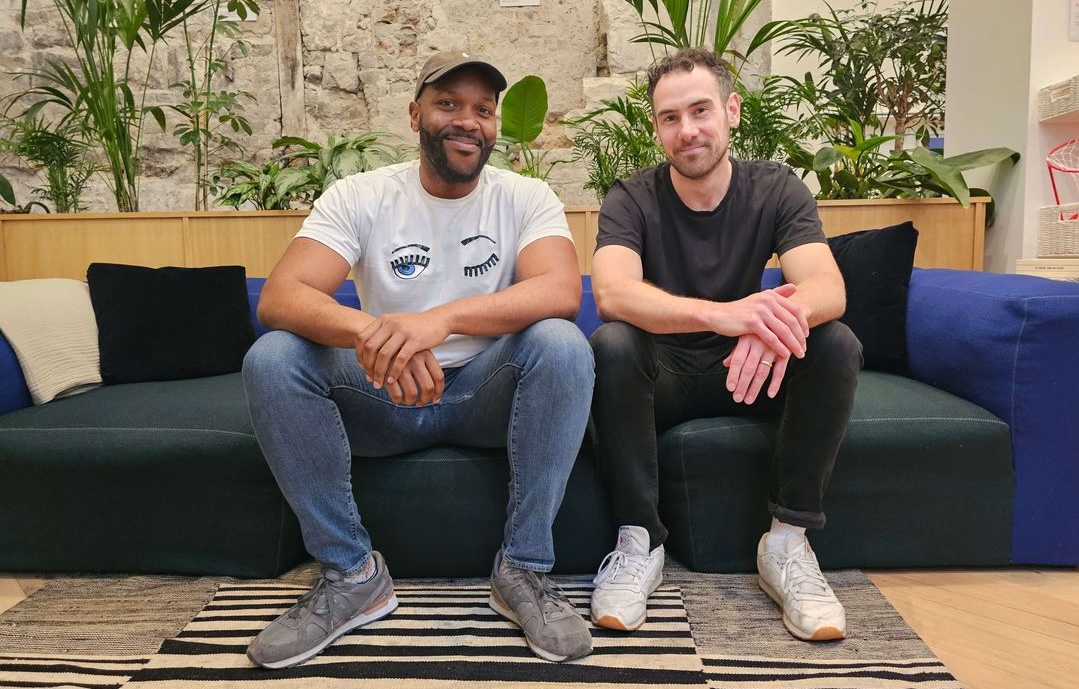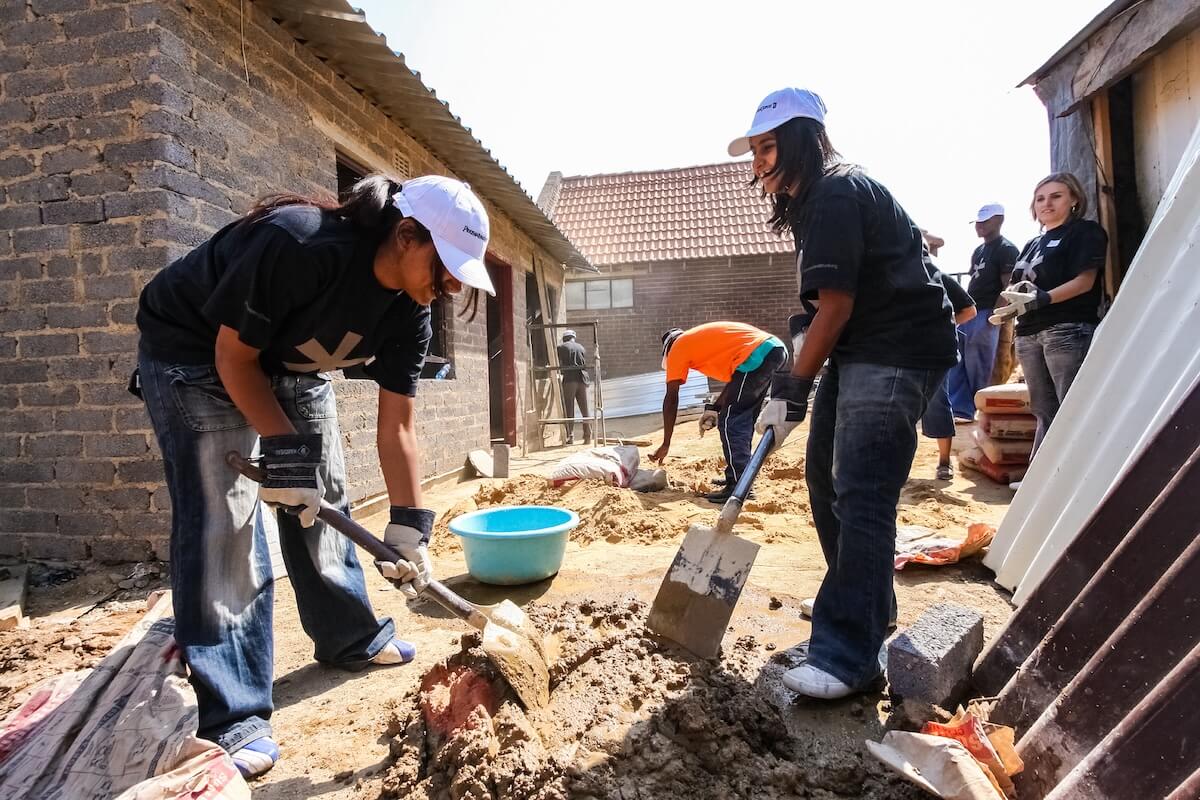Back in 2008, a coalition of funders put out the call…
There was a linchpin, a lever, an untapped well of power and potential for solving the world’s most pressing problems–and we were missing it. That unstoppable force, they said, was a teenage girl.
If you haven’t seen the 2-minute Girl Effect video manifesto (or if it’s been a while) watch it here.
From the Nike Foundation website: “In the 1990s, research from the Population Council and International Center for Research on Women began to show that when an adolescent girl in poverty is able to stay in school, delay marriage and delay having children, not only do her life chances radically change, but the children she will later have are far more likely to be healthy and educated. By investing more in girls, governments and international organizations could break the cycle of poverty from one generation to the next.”
The Girl Effect is a movement. It’s about the unique potential of adolescent girls to end poverty for themselves and the world. It’s about getting girls on to the global development stage and driving massive resources to them.”
In essence: “Girls are the most powerful force for change on the planet.”
With the explosion of girl-focused programs, partnerships, interventions and innovations that followed, the brown-skinned pre-teen girl has literally become the new poster child for social change.
We feel an urgency to raise the issue of “girlwashing,” that is, using the emotional appeal and timeliness of the “Girl Effect” to promote, fund, and accelerate ventures that lack the kind of specific, holistic, deep impact on adolescent girls in poverty that the girl effect is really about. “Girl Effect” ventures that run without girls, claim “Girl Effect” impact based on theoretical behaviors, equate income generation with empowerment, and fall into other girlwashing traps that threaten to undermine the power of this otherwise vital movement.
What is girlwashing?
Whenever a new discovery, insight or opportunity makes enough noise in the social impact space to generate significant grant money, investment capital, policy focus, media attention or public engagement, it seems to create a sort of gravitational pull throughout the sector. Individuals and organizations are drawn in; seemingly regardless of strategic alignment or capacity.
This tendency is clearly evident in the rash of companies (and NGOs) making extravagant and emotional claims about environmental stewardship and sustainability backed by substantially less impressive (or even nonexistent) actual changes to policy or practice–a phenomenon known as greenwashing, from which the concept of girlwashing takes its name.
As with greenwashing, there are varieties, degrees and nuance to girlwashing. It can be as crass and blatant as running a find/replace on a grant proposal to change all “youth” references to “girls” in an appeal to the trendy funding. Or it can be as subtle and unintended as a program that doubles the time today’s teenage girls spend on homework…by shifting chores onto their now 6 to 9-year-old sisters. And, as with greenwashing, there’s room for a spirited and productive debate about whether girlwashing always does more harm than good.
Accelerating the Girl Effect
The ecosystem of impact incubators and accelerators have ridden the Girl Effect explosion along two main paths; girl-focused accelerators and accelerators focused on girls. It may sound like semantics, but the wordplay illustrates a fundamental difference in approach.
Girl-focused accelerators seek to activate the Girl Effect by targeting female entrepreneurs and social ventures lead by girls. “By bringing more women into the startup community, we think businesses will make better decisions both for their bottom lines and their communities,” says Elizabeth Kraus of MergeLane.
Leaders of girl-focused accelerators specifically recruit female entrepreneurs and say they aim to tailor the program experience to take advantage of the unique strengths of girls; like stronger systems-thinking, user empathy, and team communication.
“We’ve designed a balanced approach to the issues that are more unique to women (like the common female need to have everything absolutely perfect before moving forward) and the more universal challenges faced by all early-stage startups,” Kraus says.
Accelerators focused on girls, on the other hand, have sought to leverage the Girl Effect by targeting entrepreneurs and ventures creating value for girls at the bottom of the pyramid, while remaining gender-neutral in their recruiting and selection. “What we came to realize,” said Daniel Epstein of the Girl Effect Accelerator in an email conversation “is that if we’re going to have a chance at denting poverty, then we need to position our efforts at Unreasonable, and those of world-class entrepreneurs, around the needs of adolescent girls in poverty.” One result of this focus on benefiting girls has been some of the sector, geography, audience and issue-based specialization we advocated in last month’s post.
So, how might impact accelerators be falling into girlwashing?
It’s important to acknowledge that we can only have this conversation because a few enterprising organizations (Girl Effect Accelerator , MergeLane, SPRING, the World Bank’s Gender Innovation Lab in Africa, and Equita, among others) have taken the courageous and vulnerable leap to be first; to experiment, and lay bare the results of those experiments to the evaluation and critique that alone has the power to move us all forward.
We see three main trends that deserve a closer look:
FOR WOMEN…BY MEN
One of the pitfalls of this first generation of accelerators focused on girls (the Girl Effect Accelerator, for example) is that while the ventures were selected based on their potential to impact girls in poverty at scale, girls comprise only 40% of the participating founders, 30% of the ventures’ CEOs, and 20% of the mentors.
“There is a gadget [centric] emphasis by men [in accelerators and in IT],” Gerardo Greco of the Gendered Innovation Accelerator explains, “with a culture of very strong individualism and very strong competitiveness. [A model created in this environment] is not gender neutral – it is tailored for men.”
One sure way to tap the Girl Effect, he continues, is by “rewarding girls/women who find their own way in IT without mimicking approaches established by boys/men.”
Eneza provides students the ability to ask questions through its app that they are too shy to ask in class. The app wasn’t designed “for girls,” nor does its distinguishing feature exclusively benefit girls. But the program is outpacing the impact of its competitors by solving a problem overlooked by others–a problem experienced disproportionately by, and thus more clearly understood by, girls. The fact that the Eneza team is lead by women may perhaps be coincidental–but it’s hard to argue that the inclusion of more female voices in the leadership of potential Girl Effect ventures would not lead to design choices that increase their impact on girls.
We can’t help but wonder if more balanced gender leadership on the product teams of Apple, Google and Samsung, for example, might have placed menstrual cycle-tracking higher on the priority list of their respective health-tracking APIs.
But just because a venture has a male founder does not make it guilty of girlwashing. Jayashree Industries; an open-source manufacturing franchise for sanitary pads is a perfect example. It’s an organization founded by a man, developed in deep cooperation with women (in this case despite profound structural and cultural obstacles) and showing not a hint of girlwashing.
Conversely, simply being founded, run, or lead by girls does not guarantee a “Girl Effect” venture. Girlwashing happens when products and services are designed for and marketed to girls, but girls are cut out of the process. Impact accelerators can fight girlwashing by making deep participation by girls in the conception and design, if not the execution and leadership, of ventures one of their key selection criteria.
GIRL-COLOURED GLASSES
Like the proverbial (and equally distorted) rose-coloured variety, seeing the world through “girl-coloured glasses” masks complexity and glosses over the deep challenge of systemic and cultural barriers.
Just because something has the potential to impact girls’ lives for the better (like a solar lantern from Greenlight Planet that would allow them to study at night after their chores) does not guarantee that it will. If said lantern can help a girl’s father earn money, for example, what are the chances it gets left at home with the girl?
It’s a lot harder to de-prioritize a girl’s night-time studying when the light-source is bolted to the ceiling and illuminates the whole house (as in Off Grid: Electric’s model) for example.
Accelerators can fight girlwashing by selecting ventures that acknowledge systemic barriers and take strategic and creative steps to short-circuit them. As it happens, Greenlight applied for, and was accepted to the program, says Epstein, largely because “They had a hypothesis on their theory of change around girls and they wanted support in better understanding it, measuring it, and finding a way to ensure that they are TRULY impacting girls in poverty.”
Just as important as getting the model right is how accelerators communicate their focus and priorities and promote the Girl Effect ventures they support.
FLATTENED IMPACT
Another subtle face of girlwashing is the notion that women’s empowerment is synonymous with income generation, job creation, or even economic independence. Not to suggest these results aren’t positive, but the Girl Effect is about more than simply giving girls a way to make their own money.
Take, for example, the multi-dimensional impact inherent in EcoFuel. Not only do the women who work as micro-retailers of the product increase their incomes by a factor of 6, time spent gathering firewood (a task typically delegated to school-aged girls) is virtually eliminated, and cookstove smoke (a common cause of eye and lung infections in women and girls–who do most of the cooking) is greatly reduced.
In contrast, SOKO (a mobile marketplace for indigenous crafts) also provides dramatically increased income for female artisans and strives for wide-ranging impact on other aspects of their lives through company programs. But SOKO lacks the baked-in impact on critical elements of female empowerment beyond jobs and income that come with ventures that are multi-dimensional by their very nature, rather than through add-ons.
“We brought in a number of field experts, ‘girl experts,’ and data scientists to help the companies unravel their impact on girls and identify one key metric they will continue to measure,” says Epstein in his email. “Because our portfolio is focused across sectors, companies will be tracking their impact on girls related to education, contraception, access to clean energy and healthcare, economic inclusion, employment, empowerment, etc. ”
Accelerators can fight girlwashing by moving beyond ‘income as empowerment’ and helping participants track and understand their specific impact on girls in poverty.
Girlwashing puts the impact of perhaps the most powerful insight of the past 20 years in jeopardy. And none of us wants that. Accelerators can play a key role curbing girlwashing and maximizing Girl Effect impact by:
- Making deep participation by girls in the design and leadership of a venture prerequisite for their selection process;
- Selecting ventures that acknowledge and respond to systemic barriers;
- and helping ventures move beyond income generation to multi-dimensional impact they can understand and track.
When it comes to girlwashing, the core question is this: Can you truly leverage the Girl Effect by accelerating ventures that benefit girls without representing, including, and empowering them?
AUTHORS’ NOTE
The venture examples in this piece come from the Nike Foundation / Unreasonable partnership’s innaugural Girl Effect Accelerator, and thank them for being trailblazers. We’re also grateful to Daniel Epstein of the Girl Effect Accelerator, Elizabeth Kraus of MergeLane, and Gerardo Greco of the Gendered Innovation Accelerator launching soon in Sao Paulo, Brazil.










